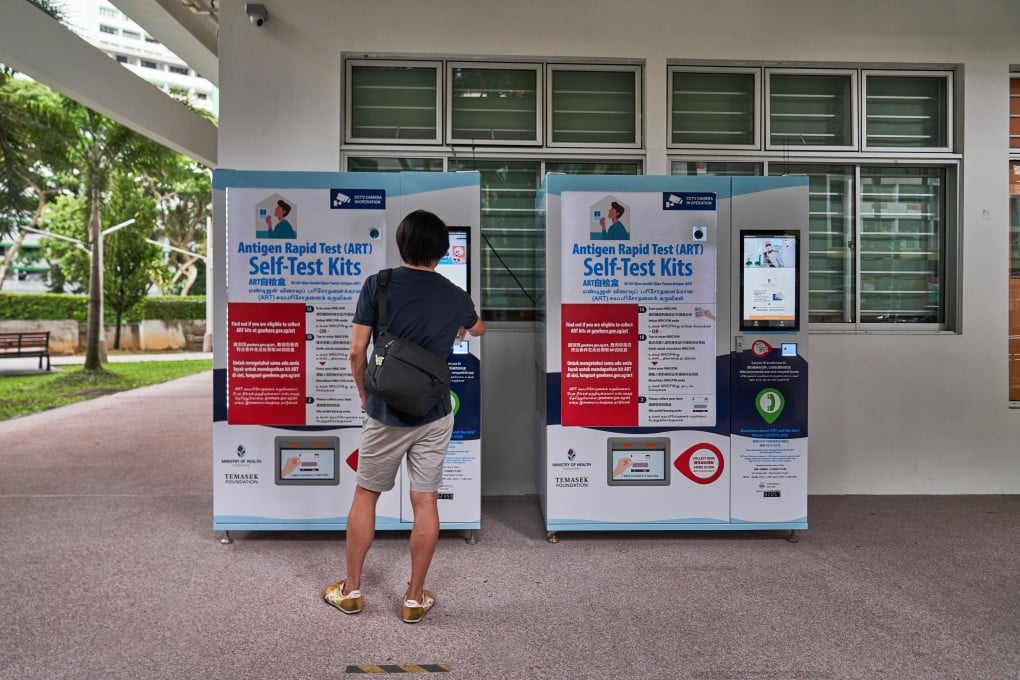Advertisement
China can’t look to Singapore for a way to live with Covid-19, health economist says
- Li Ling tells Chinese news site that the city state failed to contain cases when it eased restrictions
- The key to opening up is whether all countries have got transmission under control, she says
Reading Time:3 minutes
Why you can trust SCMP
99+

Singapore’s “experiment” to live with the coronavirus – and its subsequent spike in infections – might not be a useful model for China as it considers whether to reopen its borders, a Chinese health researcher has said.
“This safety net protecting the health of 1.4 billion people did not come easily. We can’t let it go just like that,” Li Ling, from Peking University’s National School of Development, was quoted as saying by mainland news website Guancha.cn on Wednesday.
China has adopted a zero-tolerance strategy to combat the coronavirus, enforcing swift and sweeping lockdowns coupled with repeated mass testing of entire communities whenever clusters of cases emerge.
Advertisement
However, Singapore, where 83 per cent of the population is vaccinated, lifted gathering restrictions in August, allowing its citizens to eat in at restaurants and more employees to work in the office, as part of its blueprint for Covid-19 to become endemic in the country.
Advertisement
Restrictions were reimposed in late September after cases surged and hospitals came under pressure. The restrictions, originally set to expire on Monday, will continue until November 21, Singaporean officials said on Wednesday after a record 3,994 cases were reported on Tuesday.
Advertisement
Select Voice
Choose your listening speed
Get through articles 2x faster
1.25x
250 WPM
Slow
Average
Fast
1.25x
